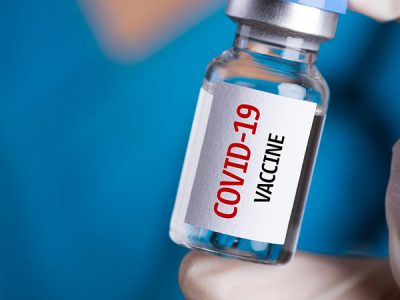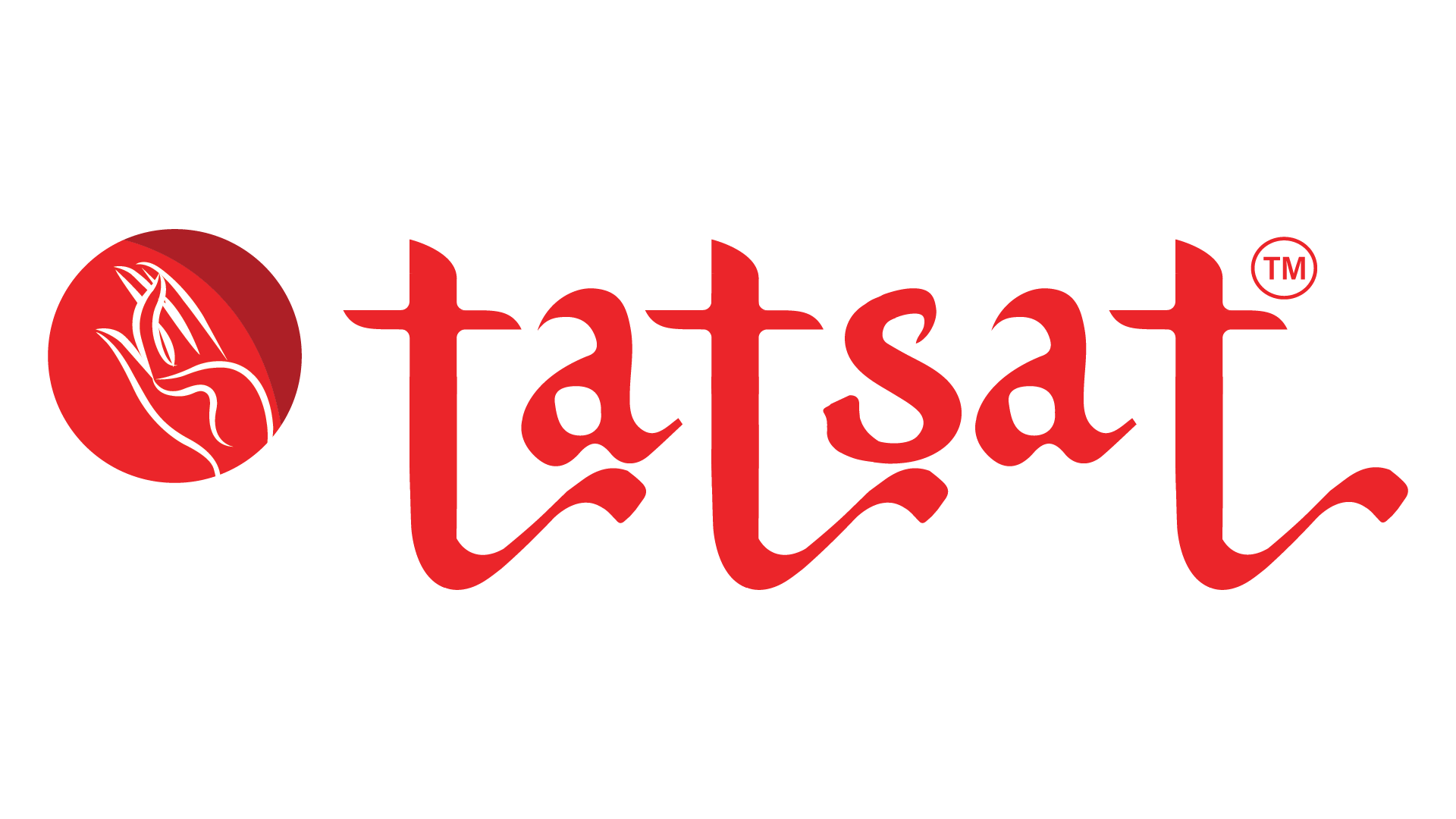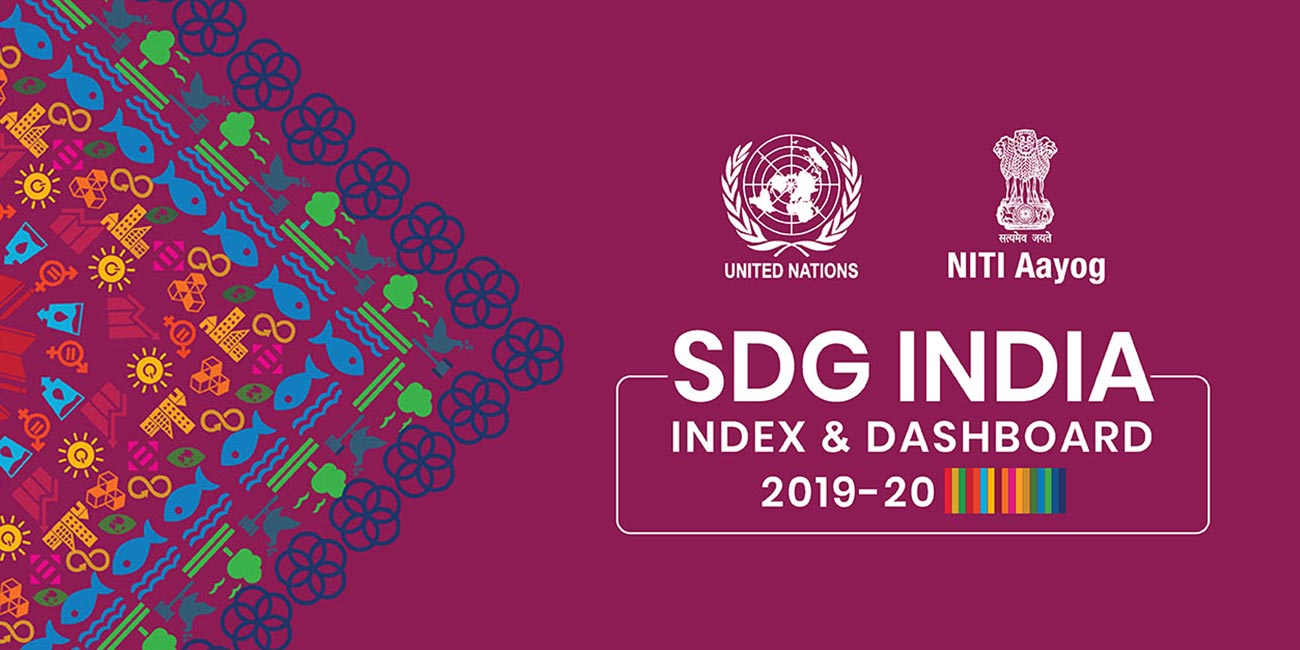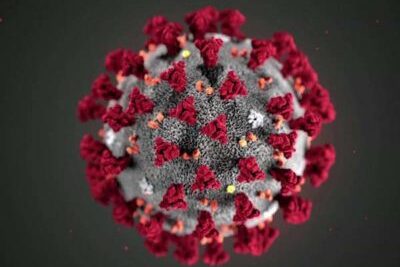
Covid vaccine delivery challenge
As the world prepares for the launch of vaccines to end the Covid-19 pandemic, cold chain companies in India are ramping up facilities to ensure an efficient supply and logistics network. The country faces the huge task of reaching the anti-Covid vaccine to a population of over 1.3 billion. Luckily, India is the world’s leading vaccine producer and supplies 62 percent of the world’s vaccines. Along with the vaccine advantage, India is also the world’s largest provider of generic drugs, and as of November 2020, the country exported pharmaceuticals worth almost $11 billion (https://www.statista.com/statistics/1038136/india-value-of-pharmaceutical-exports/).
The main vaccines India is banking on are from Oxford/AstraZeneca, Novavax and J&J as the temperature range of these vaccines is the domestic fridge temperatures of 2 to -8-degree Celsius (vs -20-degree Celsius for Moderna and -70-degree Celsius for Pfizer). The bottleneck is likely to be cold storage capacity and refrigerated vans.
Union Health Minister Harsh Vardhan has said that the government plans to provide the vaccines to around 30 crore people by July-August 2021 (https://www.ndtv.com/india-news/covid-19-30-crore-people-to-be-vaccinated-by-august-says-harsh-vardhan-2332130). This would mean 60 crore doses till August, as double doses are required for treatment. The ability to successfully distribute these vaccines is the next big challenge.
The government has a good capacity because of its Universal Immunization Programs (UIP), which targets 26 million newborns and 30 million pregnant women every year. UIP has 27,000 functional cold chain points and 76,000 cold chain equipment. This capacity would be strained catering to the Covid demand (https://www.livemint.com/news/india/indian-logistics-players-say-they-are-boosting-cold-chain-for-vaccine-deliveries-11605084009163.html).
To meet the targets for the Covid vaccination drive will require expansion of cold chain capacities, including glass vials and containers that can withstand the icy conditions needed for storage. Interestingly, India’s vaccine management has been augmented with real-time supply chain management system known as the electronic vaccine intelligence network (eVIN). As of August 2020, it had been implemented in 32 states and union territories, and it will come in handy during the Covid vaccination drive. The indigenous innovative technological solution, eVIN, is aimed at strengthening immunisation supply chain systems across the country (https://pib.gov.in/PressReleseDetailm.aspx?PRID=1643172). This is being implemented under the National Health Mission by the Ministry of Health and Family Welfare. The technology provides real-time information on vaccine stocks and flows, and storage temperatures across all cold chain points in the country. eVIN is state-of-the-art technology with a strong IT infrastructure and trained human resource to enable real time monitoring of stock and storage temperature of the vaccines kept in multiple locations across the country.
Private players will help the government’s cold chain logistics efforts. The key domestic logistics players with substantial cold storage business are Snowman Logistics, Gati Kausar, Transport Corporation of India, Mahindra Logistics and Future Supply Chain Solutions. The largest private cold chain logistics company–Snowman Logistics–can store up to 650 million doses, if it is assumed that its entire capacity will be used for vaccine storage (https://www.businessinsider.in/india/news/india-needs-1-7b-covid-vaccine-doses-for-adult-population/articleshow/79179251.cms). Reefer trucks will play a huge part in dispatching the vaccines. They will have to follow the protocols by the pharma industry, to ensure safe delivery across the country.
Demand for ultra-cold storage vehicles is expected to rise in the coming months as hundreds of thousands of vaccine doses at the required cold temperatures will have to be catered for last-mile delivery. This will be the largest, most ambitious public health initiative ever taken in the history of the country.




